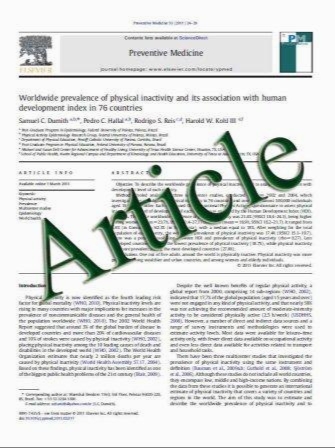Biomechanical evaluation of four different transosseous-equivalent/suture bridge rotator cuff repairs
- نوع فایل : کتاب
- زبان : انگلیسی
- مؤلف : Michael Maguire • Jerome Goldberg • Desmond Bokor • Nicky Bertollo • Matthew Henry Pelletier • Wade Harper • William R. Walsh
- چاپ و سال / کشور: 2011
Description
Purpose Evaluate the biomechanical behavior of four variants of the transosseous-equivalent/suture bridge (TOE/ SB) repair. Methods Four suture bridge (SB) constructs were created using 24 sheep infraspinatus tendon-humerus constructs (n = 6 per technique). The groups were (1) Knotted Standard Suture Bridge (Standard SB)—suture bridge with two medial mattress stitches, (2) Knotted Double Suture Bridge (Double SB)—four medial mattress stitches, (3) Untied Suture Bridge with Medial FT Anchors (Untied SB with FT)—two medial mattress stitches without knots, and (4) Untied Suture Bridge with PushLocks (Untied SB with Pushlocks)—two medial mattress stitches without knots. The contact area footprint was measured with an electronic pressure film prior to dynamic mechanical testing for gapping and testing to failure. Results The Double SB produced the greatest contact area footprint compared to the other techniques, which did not differ. The Double SB repair with a mean failure load of 456.9N was significantly stronger than the Untied SB with Pushlocks repair at 300N (P = 0.023), the standard SB repair at 295N (P = 0.019), and lastly the Untied SB with FT repair at 284N (P = 0.011). No differences were detected between the two mattress stitch standard SB repair with knots and the knotless two mattress stitch repairs (Untied SB with FT and Untied SB with Pushlocks). Gaps developed during cyclic loading in all repairs apart from the Double SB repair. Conclusions The transosseous-equivalent/suture bridge repair with 4 stitches tied in the medial row and maximal lateral suture strand utilization (Double SB) outperformed all other repairs in terms of failure load, tendon–bone contact, and gapping characteristics. The presence of knots in the medial row did not change tendon fixation with respect to failure load, contact area or gapping characteristics.
Knee Surg Sports Traumatol Arthrosc DOI 10.1007/s00167-011-1436-x Received: 3 November 2010 / Accepted: 1 February 2011


